

Articles
How To Store Framed Paintings
Modified: February 28, 2024
Learn how to properly store framed paintings and protect them from damage. Read our articles for expert tips and techniques.
(Many of the links in this article redirect to a specific reviewed product. Your purchase of these products through affiliate links helps to generate commission for Storables.com, at no extra cost. Learn more)
Introduction
Welcome to the world of art preservation! As an art lover, you understand the importance of protecting and preserving your framed paintings. Whether you’re a professional artist or an enthusiastic collector, proper storage is essential for maintaining the longevity and integrity of your artwork.
In this article, we will guide you through the process of storing framed paintings effectively. The steps we’ll cover include choosing the right location, preparing the frame, wrapping the painting, storing it in a vertical position, using acid-free materials, avoiding direct sunlight, controlling humidity levels, and checking the storage condition regularly.
By following these guidelines, you’ll be able to keep your framed paintings safe from potential damage caused by external elements such as light, humidity, and improper handling.
Ready to dive in and learn how to store your framed paintings? Let’s get started!
Key Takeaways:
- Preserve your framed paintings by choosing a stable, controlled climate storage location, using acid-free materials, and avoiding direct sunlight. Regularly check for damage, pests, and humidity levels to ensure long-term preservation.
- Safeguard your framed paintings by storing them vertically, wrapping them with care, and preparing the frame meticulously. Use acid-free materials, control humidity, and monitor storage conditions regularly to maintain their beauty and value.
Read more: How To Paint Picture Frames
Choosing the Right Location
When it comes to storing your framed paintings, selecting the right location is crucial. It should be a place that offers a stable environment and protects your artwork from potential harm.
Here are some factors to consider when choosing the right storage location:
- Avoid Extreme Temperatures: Fluctuations in temperature can cause the materials in your framed painting to expand and contract, leading to warping or cracking. It’s best to avoid areas that are subject to extreme heat or cold, such as attics or basements.
- Controlled Climate: Look for a room or space that has a controlled climate, preferably with a stable temperature and humidity level. Ideally, the temperature should be kept between 65-75 degrees Fahrenheit (18-24 degrees Celsius), with a relative humidity of around 50-55%. This will help prevent mold growth, deterioration, and other forms of damage.
- Avoid Moisture and Humidity: Moisture and high humidity can lead to mold, mildew, and water damage. Avoid storing your framed paintings in areas prone to leaks, such as near windows, doors, or pipes. Additionally, keep them away from areas with high humidity, such as bathrooms or laundry rooms.
- Protection from Natural Light: Exposure to direct sunlight can cause fading, discoloration, and damage to your artwork over time. Choose a storage location that is away from windows or use light-blocking curtains or blinds to prevent sunlight from reaching the paintings.
- Adequate Space: Ensure that the storage area has enough space to accommodate your framed paintings without them being overcrowded or stacked on top of each other. Keeping enough distance between the paintings will minimize the risk of accidental damage during retrieval.
By paying attention to these factors, you can choose a suitable storage location that provides the optimal conditions for preserving your framed paintings. Taking this step will ensure their longevity and help retain their beauty and value for years to come.
Preparing the Frame
Before storing your framed paintings, it’s important to properly prepare the frame to prevent any potential damage during the storage period. Here are some steps to follow:
- Clean the Frame: Start by gently dusting the surface of the frame with a soft, lint-free cloth or a clean artist’s brush. This will help remove any dirt or debris that may have accumulated over time.
- Inspect for Damage: Carefully examine the frame for any signs of damage, such as loose corners or chipped paint. If you notice any issues, consider getting them repaired before storing the painting to prevent further deterioration.
- Tighten the Hardware: Check the screws, hooks, and wires on the back of the frame to ensure they are secure. If any of them are loose, tighten them gently to prevent the painting from falling or shifting during storage.
- Secure Hanging Hardware: If your framed painting has hanging hardware, such as D-rings or wire, make sure it is properly secured. This will prevent any movement or stress on the artwork during storage.
- Protective Padding: To provide an extra layer of protection, you can place soft padding material, such as acid-free tissue paper or foam wrap, between the painting and the frame. This will help cushion the artwork and minimize the risk of scratches or abrasions.
- Label the Frame: It’s a good practice to label the back of the frame with important information, such as the artist’s name, the title of the artwork, and the date. This will help you easily identify and locate specific pieces when needed.
By following these steps, you can ensure that your framed paintings are in optimal condition before being stored. Taking the time to properly prepare the frame will help protect the artwork and maintain its quality and value over time.
Wrapping the Painting
Once you have prepared the frame, the next step in storing your framed paintings is to wrap them carefully. Wrapping the painting provides an additional layer of protection against dust, scratches, and other potential damage. Follow these steps to properly wrap your paintings:
- Gather Supplies: Before you begin, gather the necessary wrapping materials. You will need acid-free tissue paper, bubble wrap, and painter’s tape. Avoid using materials like plastic bags or newspaper, as they can cause moisture buildup and damage the artwork.
- Start with Acid-Free Tissue Paper: Lay a sheet of acid-free tissue paper over the front of the painting. The tissue paper acts as a barrier between the artwork’s surface and the next layer of protection.
- Wrap with Bubble Wrap: Carefully wrap the painting in a layer of bubble wrap. Start from one side and work your way across, ensuring that the entire surface is covered. As you wrap, make sure to leave some slack to allow for padding and cushioning.
- Secure with Painter’s Tape: Once the painting is wrapped in bubble wrap, use painter’s tape to secure the edges. Be cautious not to tape directly onto the artwork or the frame, as this could damage the surface when removing the tape.
- Protect the Corners: Pay extra attention to the corners of the painting, as they are more vulnerable to damage. You can fold additional layers of bubble wrap or use corner protectors to provide added support and cushioning.
- Label the Packaging: To ensure easy identification, label the wrapped package with the artwork’s title, artist’s name, and any other relevant information. This will help you quickly locate specific pieces when needed.
Remember to handle the wrapped artwork with care and avoid any rough or sudden movements that could potentially damage the painting or the frame. By properly wrapping your framed paintings, you add an extra layer of protection and minimize the risk of damage during storage.
Storing in a Vertical Position
When it comes to storing framed paintings, it is generally best to store them in a vertical position. Storing artwork vertically helps to minimize the risk of warping, bending, or any other damage that may occur if the painting is stored flat. Here are some tips for storing your framed paintings in a vertical position:
- Use a Sturdy Storage Rack: Invest in a sturdy storage rack specifically designed for storing framed paintings. These racks often have adjustable shelves or slots to accommodate paintings of different sizes, allowing you to store them vertically without any unnecessary pressure or stress on the frames.
- Ensure Adequate Spacing: Make sure there is enough space between each painting to prevent them from touching or leaning against each other. This will help reduce the risk of accidental bumps or scratches during storage or retrieval.
- Secure Paintings with Tie-down Straps: For added stability, consider using tie-down straps or restraints to secure the paintings to the storage rack. This will prevent them from shifting or falling during storage, especially if the storage area experiences vibrations or movement.
- Rotate the Paintings: If you have a collection of paintings, it’s a good idea to rotate them periodically. This allows each painting to have time to “rest” in a vertical position, reducing the strain on the frame and ensuring proper weight distribution over time.
- Keep the Paintings Upright: Once you’ve stored your framed paintings vertically, it’s essential to keep them in an upright position throughout the storage period. Avoid laying them flat or tilting them, as this can cause uneven pressure on the frame, leading to warping or bending.
- Protect the Stored Paintings: To further safeguard your stored paintings, consider covering them with a breathable, dust-resistant material, such as a clean cotton sheet or a dust cover specially designed for artwork storage. This will provide an additional layer of protection against dust and other elements.
By storing your framed paintings in a vertical position, you can help maintain their structural integrity and prevent any potential damage that may occur if they were stored flat. These simple steps will ensure that your artwork stays safe and well-preserved during storage, prolonging its lifespan and preserving its value.
When storing framed paintings, use acid-free materials to protect the artwork from damage. Wrap the paintings in acid-free paper and store them in a climate-controlled environment to prevent warping or discoloration.
Read more: How To Paint A Wooden Bed Frame
Using Acid-Free Materials
When it comes to preserving framed paintings, using acid-free materials is of utmost importance. Acidic materials can cause long-term damage to artworks, including discoloration, fading, and deterioration. Here are some guidelines for using acid-free materials when storing your framed paintings:
- Acid-Free Matting: When matting your framed paintings, choose acid-free mat boards. Regular mat boards may contain acids that can transfer onto the artwork over time. Acid-free matting helps to create a barrier between the painting and the frame, reducing the risk of damage.
- Acid-Free Backing Board: Use acid-free backing board behind the painting within the frame. This provides additional support and protection, while preventing any acidic materials from coming into direct contact with the artwork.
- Acid-Free Adhesives: When attaching the painting to the mat board or backing board, ensure that you use acid-free adhesives like acid-free tape or acid-free mounting corners. This ensures that no harmful substances come into contact with the artwork.
- Acid-Free Storage Boxes: Consider storing your framed paintings in acid-free storage boxes. These boxes are specifically designed to provide a stable and acid-free environment for your artwork. They help protect the paintings from external contaminants and maintain their condition over time.
- Acid-Free Interleaving Sheets: If you need to stack or store multiple framed paintings, place acid-free interleaving sheets between them. These sheets help prevent any transfer of acids or potential damage from friction between the paintings.
- Avoiding Acidic Touches: When handling framed paintings, be cautious about touching the artwork or the frame with unwashed hands. The natural oils, sweat, and dirt on our hands can contain acids that may transfer onto the artwork and cause damage over time. Wear clean gloves or use tissue paper when handling the artwork to minimize contact.
By using acid-free materials, you ensure that your framed paintings are kept in a neutral and non-damaging environment. These materials provide a protective barrier and help preserve the artwork’s quality, colors, and structural integrity for years to come.
Avoiding Direct Sunlight
One of the most important considerations when storing framed paintings is to protect them from direct sunlight. Exposure to sunlight can cause irreversible damage to artwork, including fading, discoloration, and deterioration. To safeguard your framed paintings, follow these guidelines to avoid direct sunlight:
- Choose a Suitable Location: When selecting a storage area for your framed paintings, opt for a space away from windows or any direct sources of sunlight. This will help minimize the amount of light exposure and reduce the risk of damage.
- Utilize Light-Blocking Curtains or Blinds: If your storage space has windows, consider covering them with light-blocking curtains or blinds. These will act as a barrier against sunlight, preventing harmful UV rays from reaching the artwork.
- Rotate Artworks to Minimize Exposure: If your framed paintings are displayed in a space with windows and natural light, it is advisable to rotate them periodically. This will ensure that each artwork receives equal exposure to sunlight, preventing any individual piece from bearing the brunt of direct sunlight for extended periods.
- Use UV-Filtering Glass or Acrylic: Consider using UV-filtering glass or acrylic in your frames. These materials help to block harmful UV rays from reaching the artwork, reducing the risk of fading and discoloration caused by prolonged sun exposure. UV-filtering glass is recommended for valuable or delicate artworks.
- Avoid Displaying or Storing Artworks Near Heat Sources: Heat sources, such as radiators or heating vents, can intensify the effects of sunlight and increase the risk of damage to your framed paintings. Make sure to keep artworks away from any direct heat sources to minimize the potential harm.
- Implement Proper Lighting Techniques: If you choose to display your framed paintings, consider using proper lighting techniques. Use low-heat LED lighting or track lighting with UV filters to illuminate the artwork without subjecting it to direct sunlight. Proper lighting will enhance the visibility of the paintings while minimizing the risk of damage.
By avoiding direct sunlight and implementing these protective measures, you can significantly reduce the likelihood of your framed paintings sustaining sun damage. Preserving their colors, vibrancy, and overall condition will ensure that they can be enjoyed for generations to come.
Controlling Humidity Levels
Maintaining proper humidity levels is crucial when storing framed paintings. Fluctuations in humidity can cause significant damage to artwork, including warping, mold growth, and deterioration. Here are some tips for controlling humidity levels to protect your framed paintings:
- Monitor the Humidity: Use a digital hygrometer to regularly monitor the humidity levels in the storage area. Ideally, the relative humidity should be maintained between 50% and 55%. Fluctuations beyond this range can lead to adverse effects on the artwork.
- Use a Dehumidifier or Humidifier: Depending on your climate, you may need to utilize a dehumidifier or humidifier to achieve optimal humidity levels. In humid environments, a dehumidifier helps to reduce excess moisture, while in dry climates, a humidifier adds moisture to the air.
- Seal Gaps and Cracks: Inspect the storage area for any gaps, cracks, or leaks that may allow moisture to enter. Properly seal these openings to prevent the intrusion of external moisture that can negatively impact the framed paintings.
- Dealing with Mold: If you notice any signs of mold on the paintings or in the storage area, it’s essential to address the issue promptly. Consult a professional conservator or art restoration expert to safely remove the mold and prevent further damage to the artwork.
- Consider Using Desiccants: Place silica gel packets or other desiccants in the storage area to absorb excess moisture. Desiccants help control humidity levels and protect your framed paintings from the harmful effects of high humidity.
- Avoid Fluctuations in Temperature and Humidity: Rapid changes in temperature and humidity can be detrimental to artwork. Maintain a stable environment by avoiding sudden fluctuations, such as opening windows during humid periods or using air conditioning in an erratic manner.
By proactively controlling the humidity levels in your storage area, you can safeguard your framed paintings from the damaging effects of moisture. Consistent humidity control will help preserve the structural integrity and condition of the artwork, ensuring its longevity and continued enjoyment.
Checking the Storage Condition Regularly
Regularly monitoring the storage conditions of your framed paintings is essential to ensure their long-term preservation. By conducting periodic inspections, you can identify and address any issues or potential risks before they cause irreversible damage. Here are some steps to follow when checking the storage condition of your framed paintings:
- Inspect for Signs of Damage: Carefully examine each framed painting for any signs of damage, including warping, mold growth, pests, or discoloration. If you notice any issues, take immediate action to mitigate further damage.
- Check for Pest Infestation: Inspect the storage area for any signs of pests such as insects, rodents, or mold mites. Look for droppings, gnaw marks, or evidence of feeding activities. If an infestation is found, contact a professional pest control service to eradicate the problem.
- Monitor Temperature and Humidity: Use the digital hygrometer to monitor the temperature and humidity levels regularly. Ensure that they remain within the recommended range to prevent any adverse effects on the artwork.
- Inspect Framing Components: Check the frames, matting, and backing boards for any signs of deterioration, loose corners, or damage. If necessary, repair or replace any compromised components to ensure the continued protection and support of the artwork.
- Look for Signs of Light Damage: Examine the framed paintings for any signs of fading or discoloration caused by light exposure. If you notice any significant changes in color, consider repositioning the artwork to a location with reduced light or using UV-protective glass or acrylic.
- Ensure Secure Storage: Double-check the stability and security of the storage racks or shelves. Make sure that the paintings are adequately supported and protected from accidental falls or damage during retrieval.
- Document the Condition: Keep a record of the condition of each framed painting through written or photographic documentation. This will help track any changes over time and assist with insurance claims or valuation purposes if needed.
By regularly checking the storage conditions of your framed paintings, you can promptly identify and address any issues that may arise. This proactive approach will ensure the ongoing preservation and longevity of your valuable artworks for future generations to enjoy.
Read more: How To Paint A Metal Bed Frame
Conclusion
Properly storing framed paintings is paramount to preserving their beauty, value, and longevity. By following the guidelines outlined in this article, you can ensure that your artworks remain protected from potential damage caused by external factors. From choosing the right location to using acid-free materials and controlling humidity levels, each step plays a crucial role in maintaining the integrity of your framed paintings.
When selecting a storage location, prioritize stability, controlled climate, and protection from direct sunlight. Preparing the frame by cleaning it, inspecting for damage, and securing the hardware sets a solid foundation for safe storage. Wrapping the painting with acid-free materials provides an additional layer of protection, while storing the artwork in a vertical position and using acid-free materials help minimize the risk of damage.
Avoiding direct sunlight is essential to prevent fading and discoloration, while controlling humidity levels protects against warping and mold growth. Regularly checking the storage conditions, from inspecting for damage to monitoring temperature and humidity, allows for timely intervention and maintenance.
Remember, your framed paintings are not just decorative pieces but valuable works of art. By implementing proper storage techniques, you can ensure that their beauty and value are preserved for years to come. So take the time to protect your investments by providing them with the care and attention they deserve. With the right storage practices, you can enjoy your framed paintings for a lifetime and pass them down as cherished heirlooms to future generations.
Frequently Asked Questions about How To Store Framed Paintings
Was this page helpful?
At Storables.com, we guarantee accurate and reliable information. Our content, validated by Expert Board Contributors, is crafted following stringent Editorial Policies. We're committed to providing you with well-researched, expert-backed insights for all your informational needs.
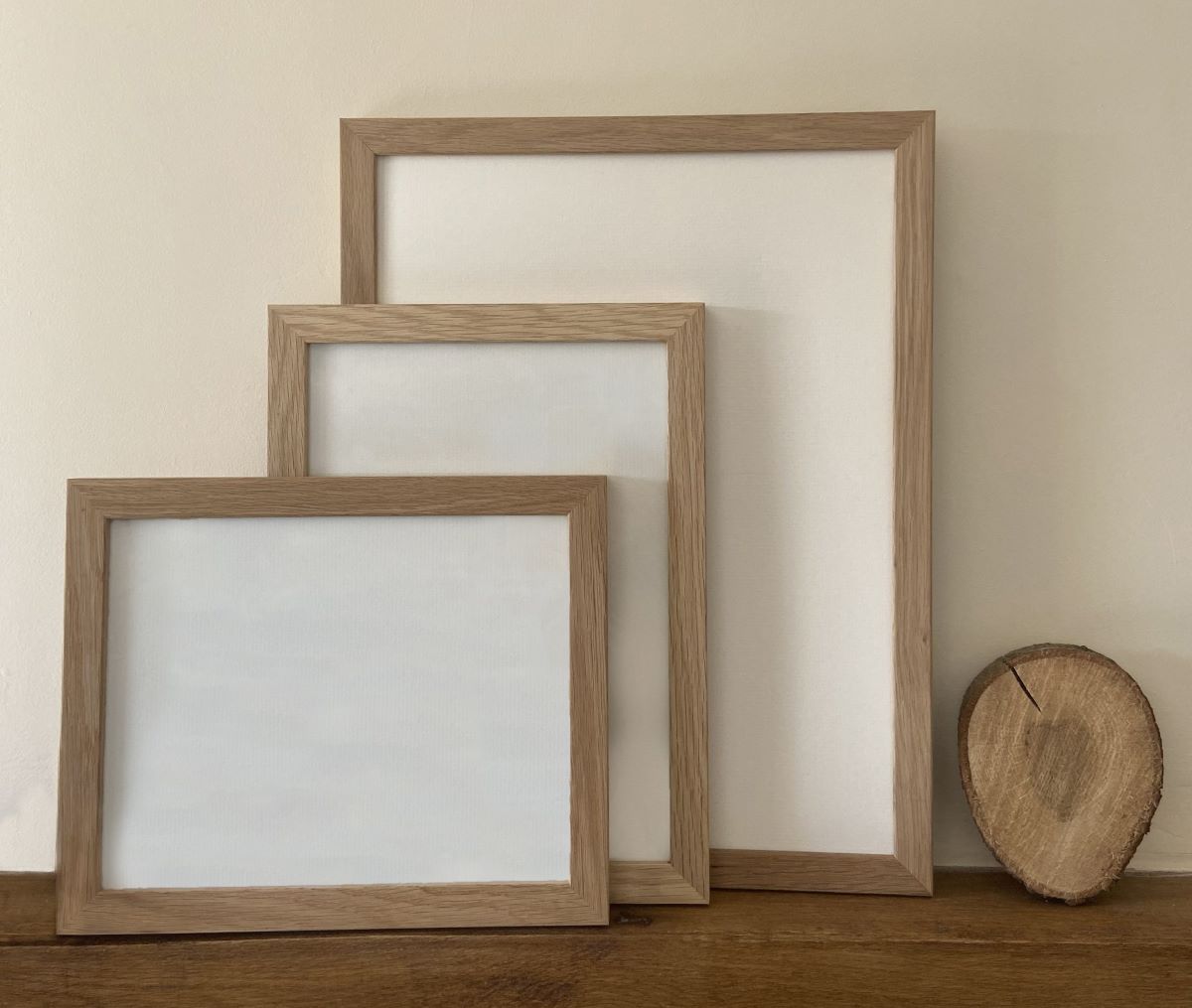


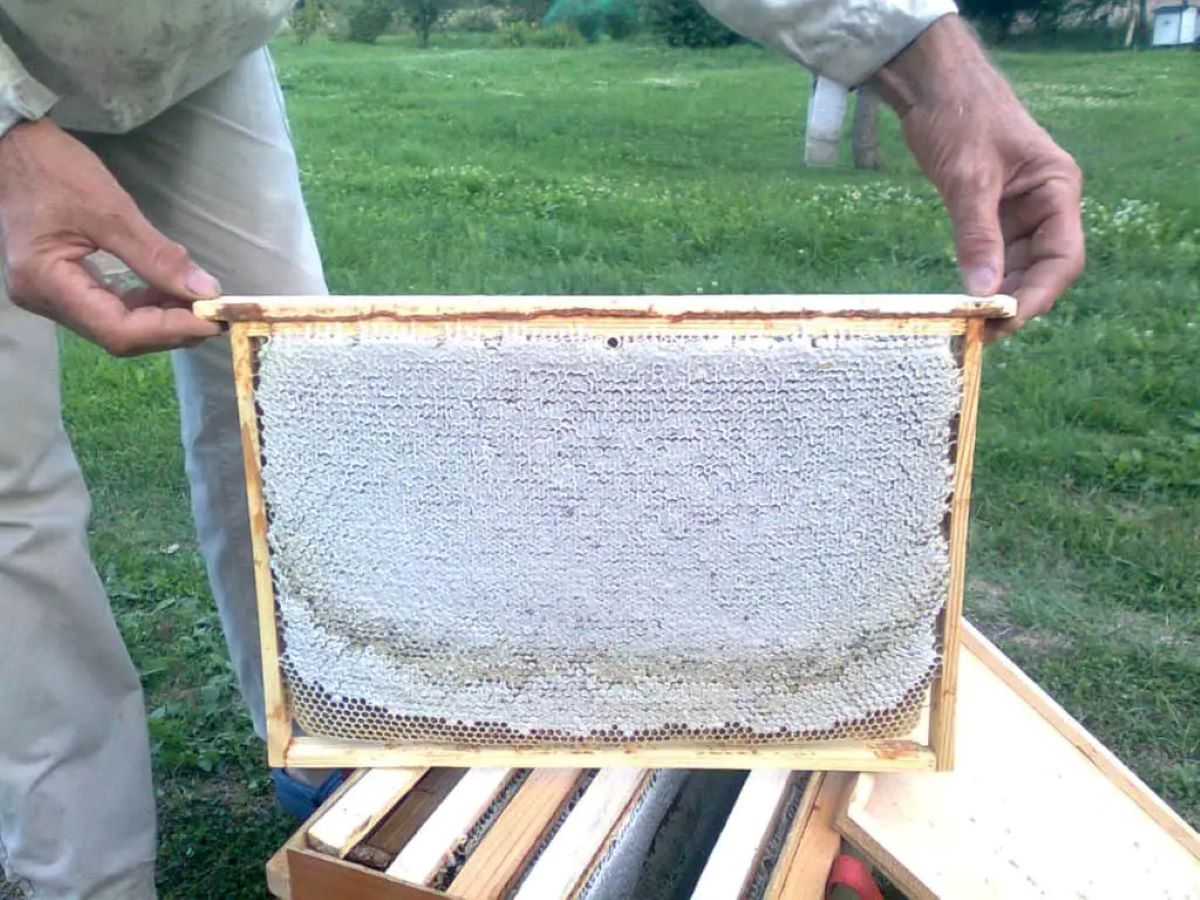

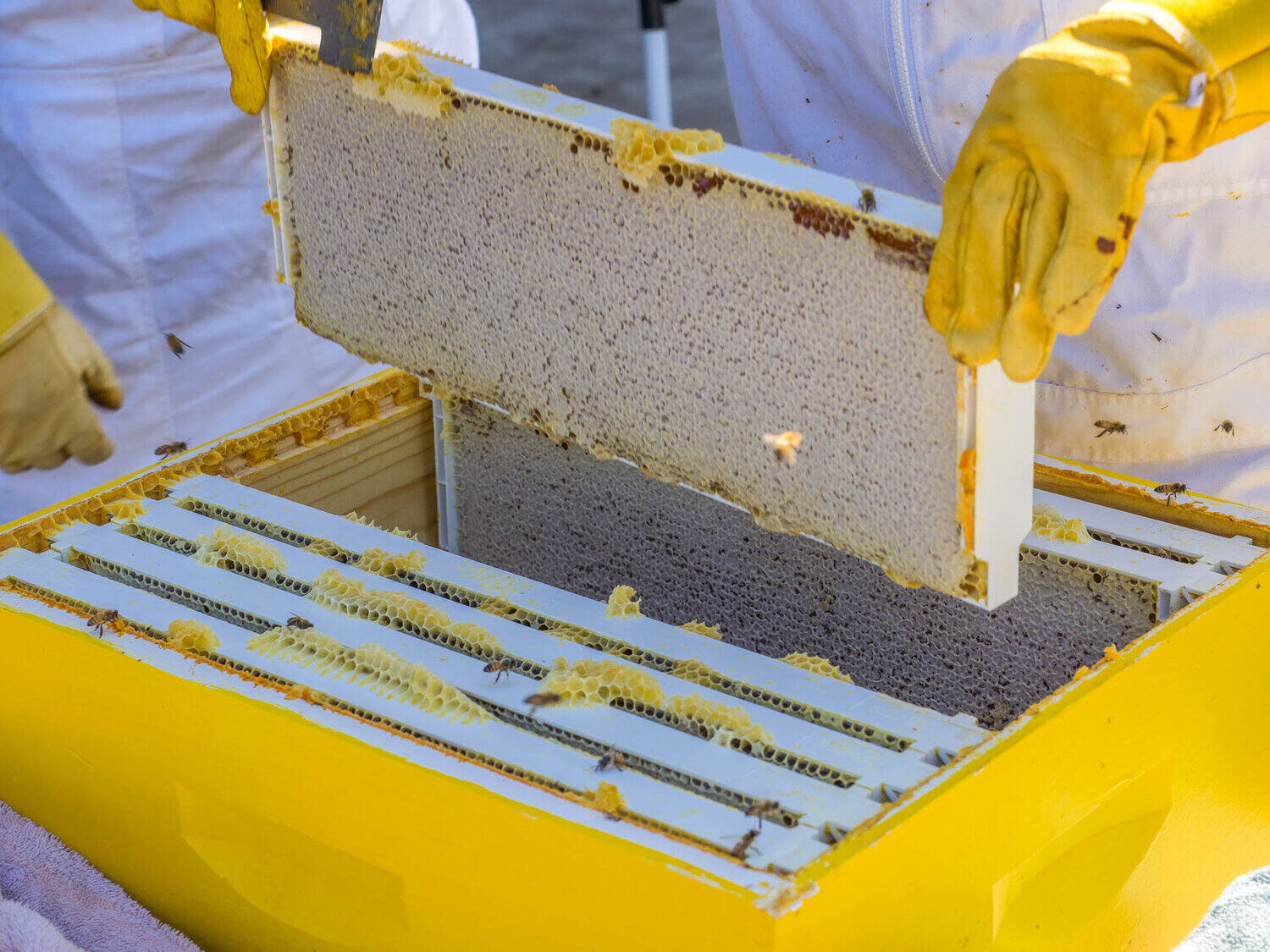




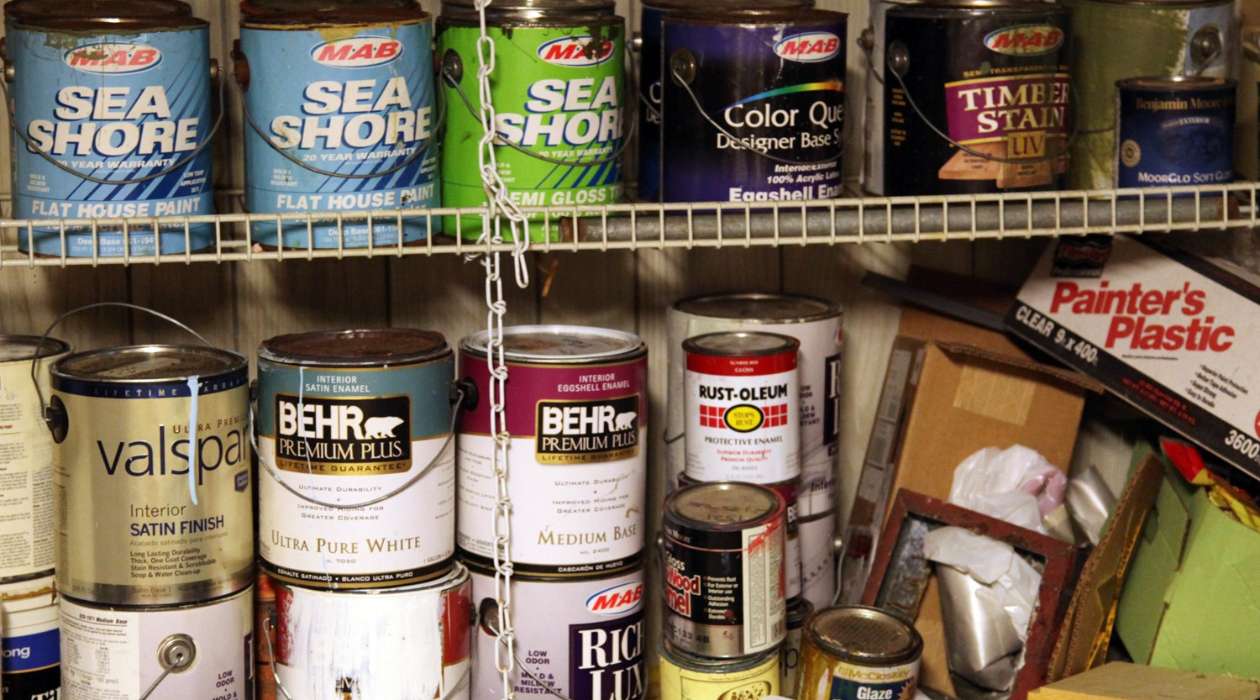
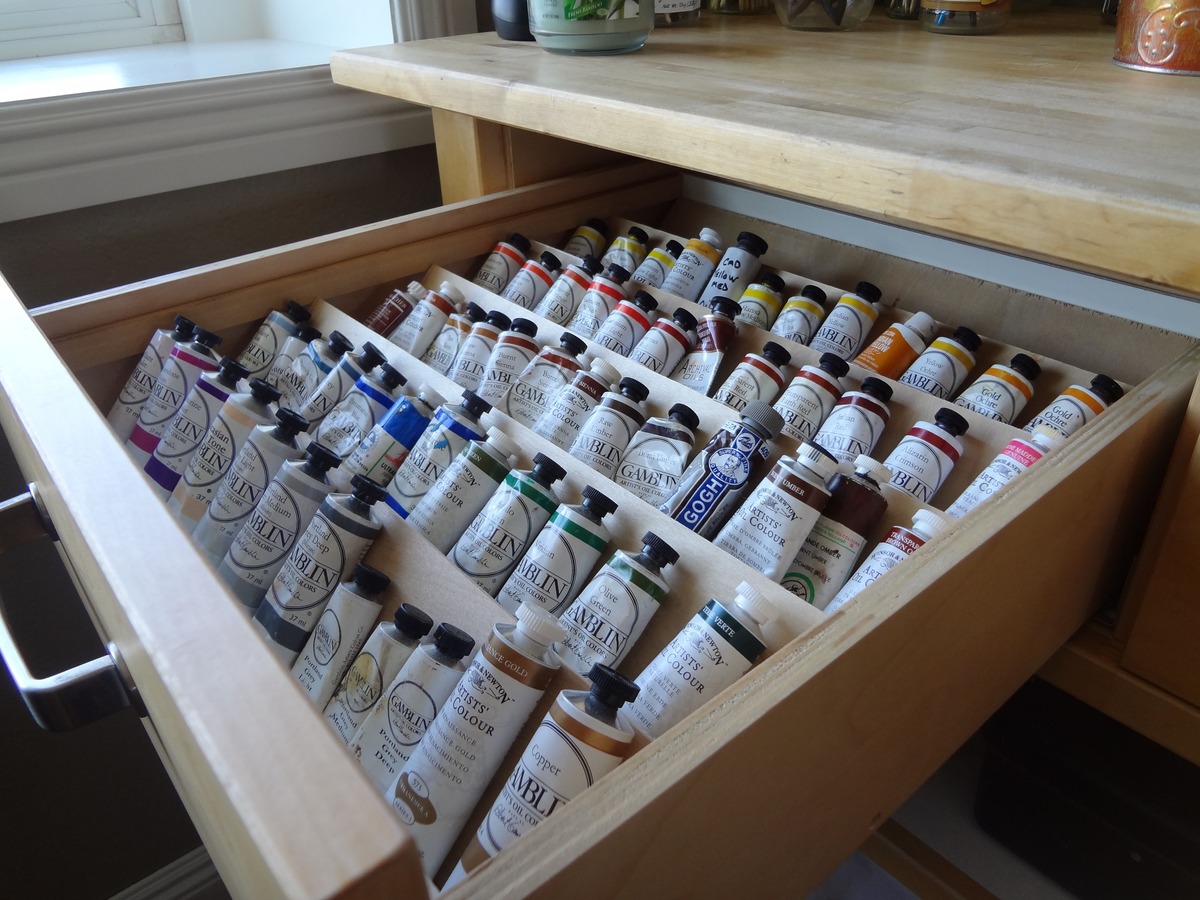
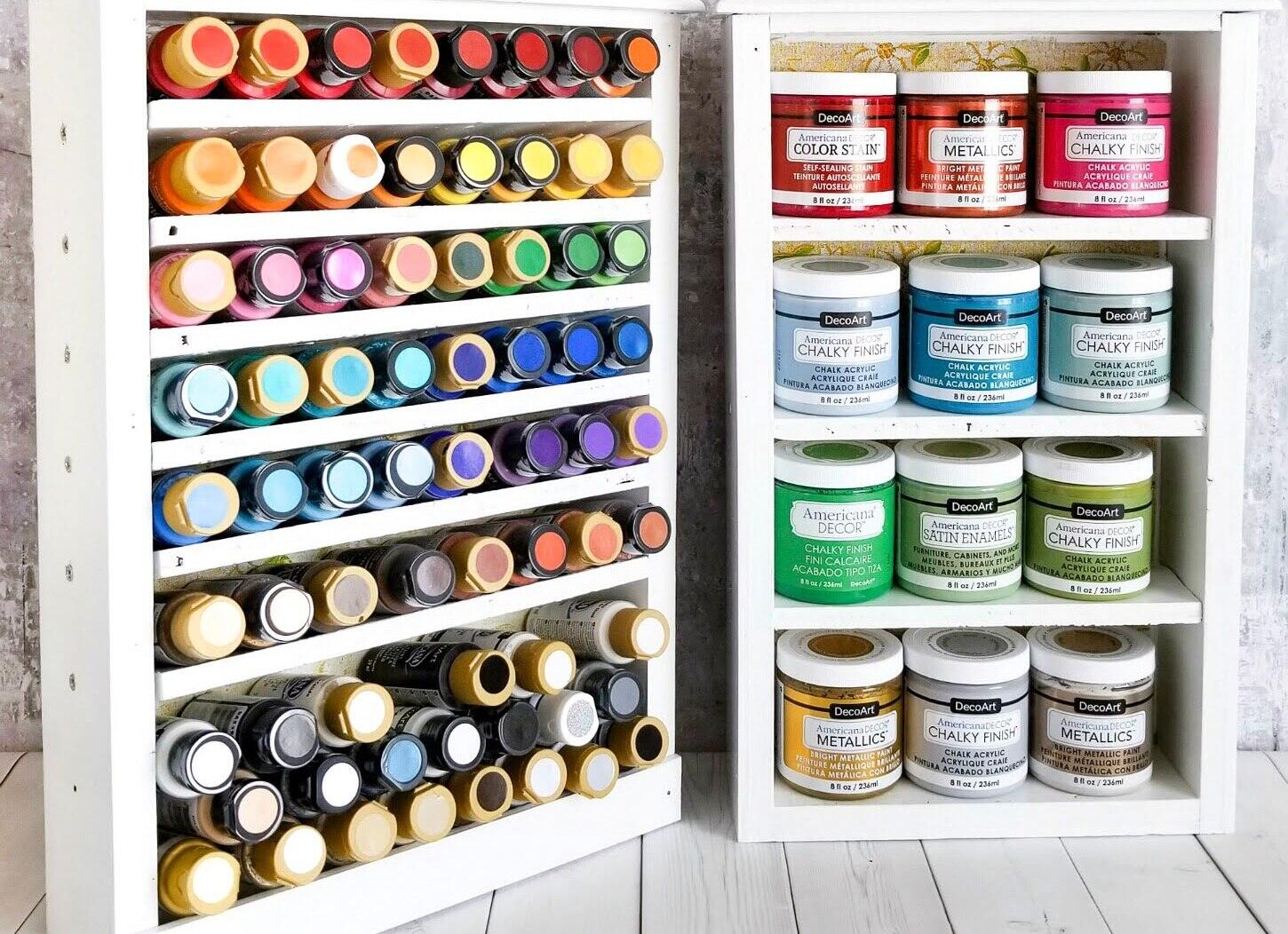

0 thoughts on “How To Store Framed Paintings”